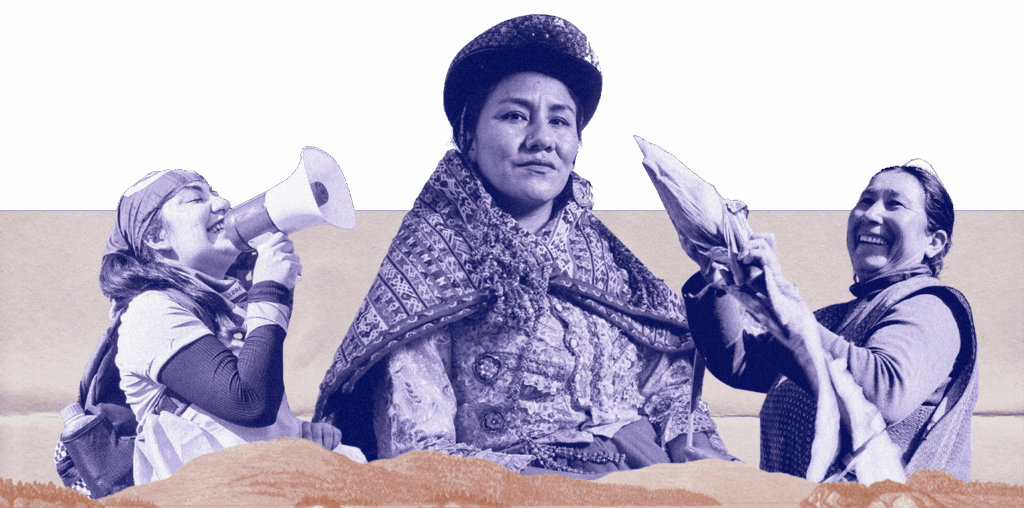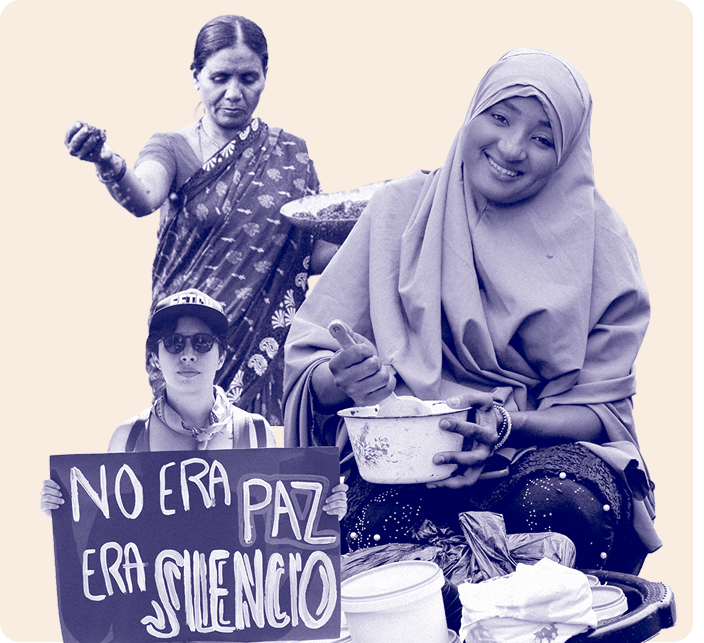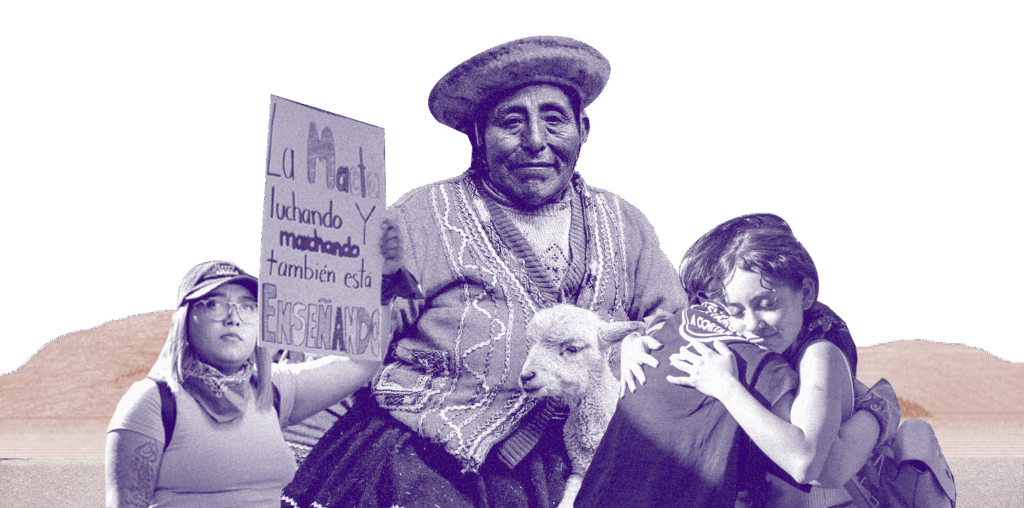
Published
April 28, 2025
At this critical moment for our movement, our members are forging bold paths to protect grassroots power and advance systemic change. Their unwavering commitment to resourcing women’s, LGBTQI+, and feminist movements could be the difference between sustaining life-saving feminist action or watching decades of progress unravel.
66% of funds expect program cuts &
73% foresee staffing & compensation constraints.
Feminist movements are facing an urgent and underreported crisis. In the past two years, a wave of defunding estimated at $676 million has become an imminent threat to social, gender, and environmental justice. This is more than a financial blow, it is an attack on the infrastructure of anti-colonial, community-led, rights-based change that the feminist movement had spearheaded.
Women’s and Feminist Funds are the financial backbone of feminist movements. According to AWID’s 2024 survey, such funds were the main source of funding for 55% of feminist groups between 2021–2023, more than any other funder category. For over 40% of these groups, Women’s and Feminist Funds made up the majority of their budgets, and are also more likely to provide core, flexible funding, critical for sustaining operations in times of crisis. In a landscape where 60% of feminist groups operate on under $30,000 annually, and nearly a third receive no core support, Women’s and Feminist Funds offer an essential lifeline to movements working at the frontlines of gender, social, and environmental justice.


$676 million in estimated losses threaten
feminist organizing and advocacy.
But the cuts are already hitting hard. A recent survey of our network reveals that 78% of our members have already been affected, with $65.3 million in confirmed losses and an average 30% budget cut expected by 2026. Without their sustained support, frontline organizations will be forced to scale back, shut down critical programs, or close entirely. Critical areas such as LGBTQI+ rights, sexual and reproductive health, and grassroots organizing especially in the Global South and East, are under threat. Meanwhile, rising legal, digital, and security threats are putting feminist activists, especially the most marginalized, at even greater risk.
Nearly half of the funds report that some of their grantees
face the risk of closure.


Women’s and Feminist Funds Responding with Strength and Strategy
In the face of mounting pressure, funds are responding with courage and creativity, designing innovative resourcing strategies, and finding new ways to keep vital initiatives alive.
Are actively advocating with donors and funders, and exploring new partnerships and collaborations.
Are expanding resource mobilization efforts and diversifying funding.
Are providing or planning to provide bridge funding or emergency grants.
Are generating alternative revenue through fee-for-service models and social enterprises.
Are shifting programmatic focus to align with available funding.
Are implementing staff reductions or salary adjustments.
91% of funds have built financial reserves over the years, a reflection of strategic planning, institutional resilience, and a long-term vision for sustainability. These reserves are a critical tool in decision-making, offering funds the flexibility to respond to crises, uphold commitments, and protect their core values and their grantees under pressure.
Our members reported that 29% of them have already begun drawing on those reserves to withstand the current wave of funding cuts.
This moment reveals more than financial pressure, it underscores the precariousness of feminist organizing. Reserves meant to safeguard the future are now being used to simply survive. Without renewed support, the essential infrastructure of feminist movements is at risk.
As a Global South and East-led network, Prospera is resolute in our commitment to meet this critical moment with urgency and clear-sightedness. Our member’s deep connection to grassroots movements provides us with a unique ability to identify evolving needs, strategically innovate to fill funding gaps, and channel resources precisely where they are most effective. We will amplify this by demonstrating the collective impact of our network, strategically advocating to raise our member’s visibility, and strengthening their resilience and sustainability amidst crisis, all while building an accountable and robust movement.
We are confident that the movement will survive this crisis. Our main aim is for this survival to be through uprooting the reasons it came to be, rather than yielding to its force, and for this, we count on the transformative, critical, and radical power of the collective.
